Ground shipping is currently paused. Local deliveries throughout Long Island will continue as usual. Pre-orders for fall are now open. Non-local orders will begin shipping again in early September. Click here to learn more.
Ground shipping is currently paused. Local deliveries throughout Long Island will continue as usual. Pre-orders for fall are now open. Non-local orders will begin shipping again in early September. Click here to learn more.
| Size | |
|---|---|
| Attracts | |
| Type | |
| Native? | |
| Zone | 4, 5, 6, 7, 8, 9 |
| Height Range (ft.) | 2.00 to 3.00 |
| Spread (ft.) | 1.00 to 1.50 |
| Bloom Time | |
| Bloom Description | Blue |
| Sun | |
| Water | |
| Maintenance | |
| Suggested Use | |
| Tolerate | |
| Growth Rate |
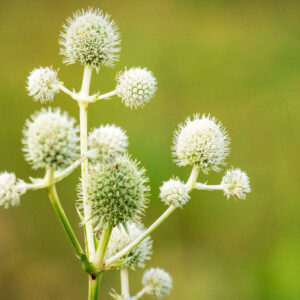
Lobelia siphilitica, known as Great Blue Lobelia, is a native perennial that lights up the garden with its striking spikes of vivid blue flowers from late summer to fall. Ideal for adding color to moist areas, border fronts, or woodland gardens, it’s a favorite among bees, butterflies, and hummingbirds. This easy-to-care-for plant prefers moist, well-drained soil and partial to full sun, making it a versatile addition to any outdoor space. With its upright growth and captivating blooms, Great Blue Lobelia is perfect for gardeners looking to enhance their landscape’s beauty and support local wildlife.
$9.99 – $149.99Price range: $9.99 through $149.99
Please note: Sizes 1.5 Gallon and up can’t be shipped outside the counties of Nassau, Suffolk, and Queens.
Learn more about how the process works and how our plants are delivered.
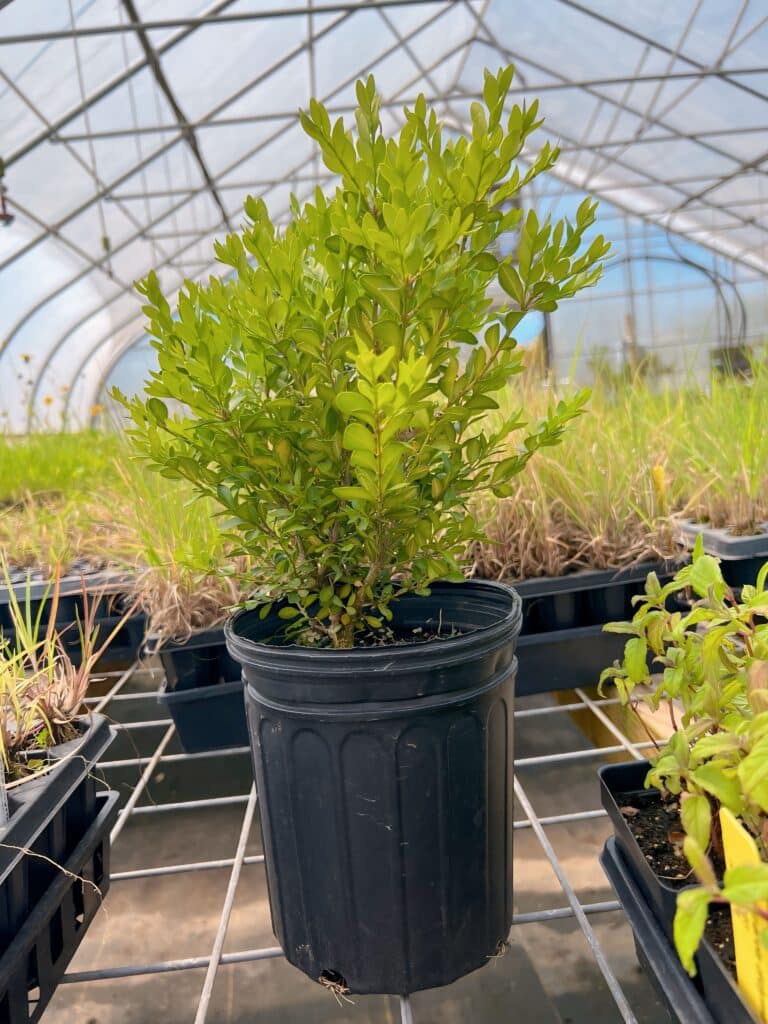
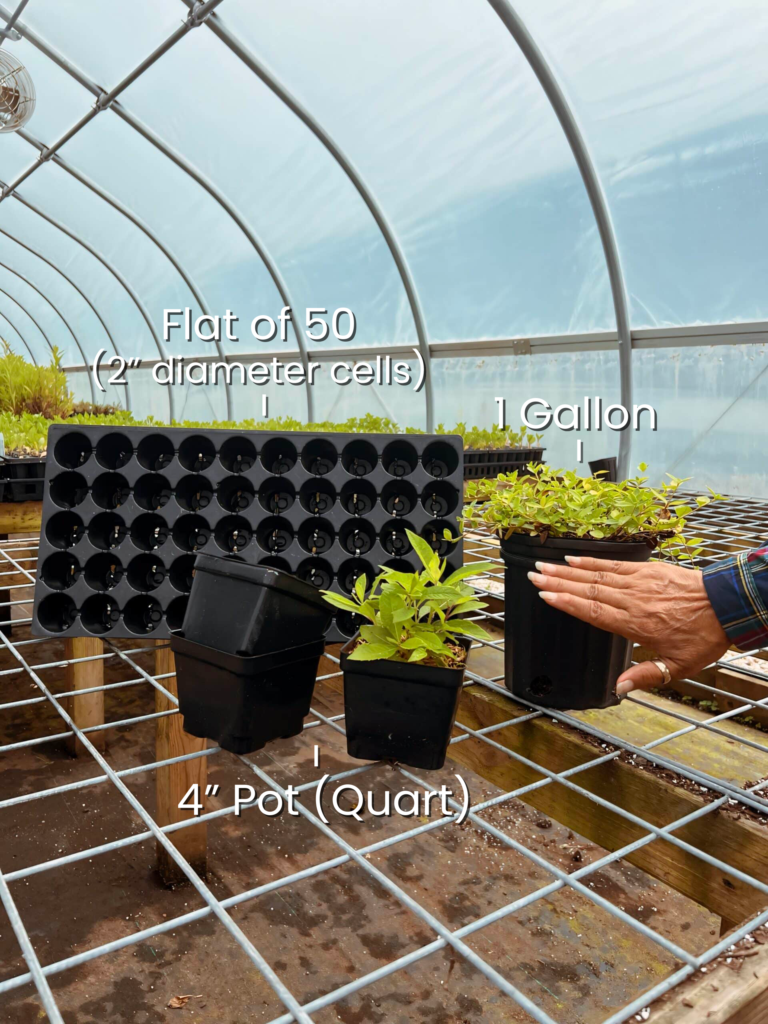
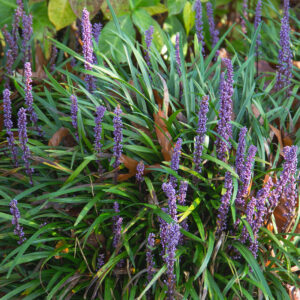
Ground shipping is paused due to summer heat. Only local delivery (Long Island & Queens) is available. Orders placed during the pause will begin processing September 1, and ground shipping will resume September 15.
| Size | |
|---|---|
| Attracts | |
| Type | |
| Native? | |
| Zone | 4, 5, 6, 7, 8, 9 |
| Height Range (ft.) | 2.00 to 3.00 |
| Spread (ft.) | 1.00 to 1.50 |
| Bloom Time | |
| Bloom Description | Blue |
| Sun | |
| Water | |
| Maintenance | |
| Suggested Use | |
| Tolerate | |
| Growth Rate |
Introducing Lobelia siphilitica, or Great Blue Lobelia, a distinguished native perennial celebrated for its spectacular display of deep blue flowers. As a late-summer bloomer, it provides a refreshing splash of color when many other plants begin to fade, making it a valuable addition to any garden.
Great Blue Lobelia’s upright form and vivid blue flowers make it an excellent choice for adding height and color to borders, creating stunning contrasts in mixed perennial beds, or naturalizing in woodland or rain garden settings. Its ability to thrive in moist conditions also makes it suitable for planting along pond edges or in other wet areas of the garden.
By incorporating Great Blue Lobelia into your garden, you’re not only enriching your outdoor space with beauty but also contributing to the health of the local ecosystem by providing essential resources for pollinators.
Embrace the beauty and ecological benefits of Great Blue Lobelia in your garden. With its eye-catching blue flowers and affinity for attracting wildlife, it’s an ideal plant for those looking to add both visual appeal and biodiversity to their landscape.
/5
Total reviews
|
|
Persons recommended this product
Anonymous
Shopper
check_circle Verified
Shop owner replied
Was this helpful
Anonymous
Shopper
check_circle Verified
Shop owner replied
Was this helpful
There are no reviews yet.
Be the first to review “ ”
Your feedback helps us improve our service.
Please log in to submit a review.
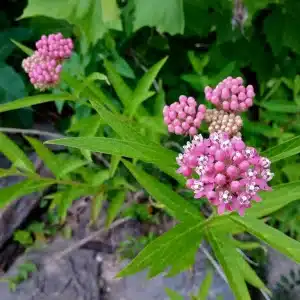
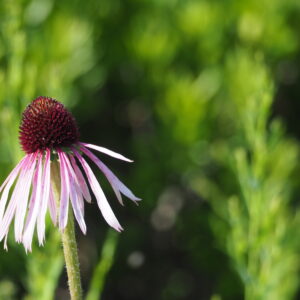
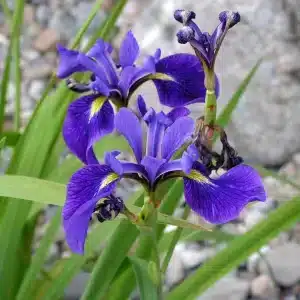
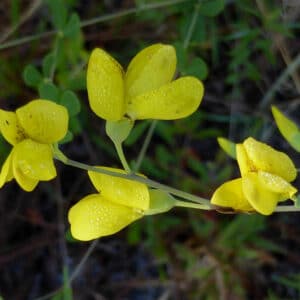
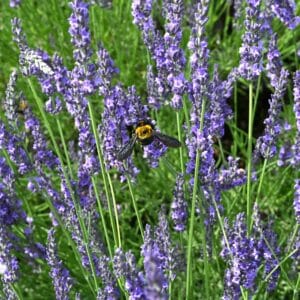
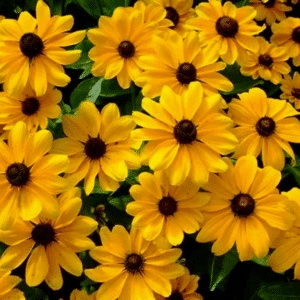
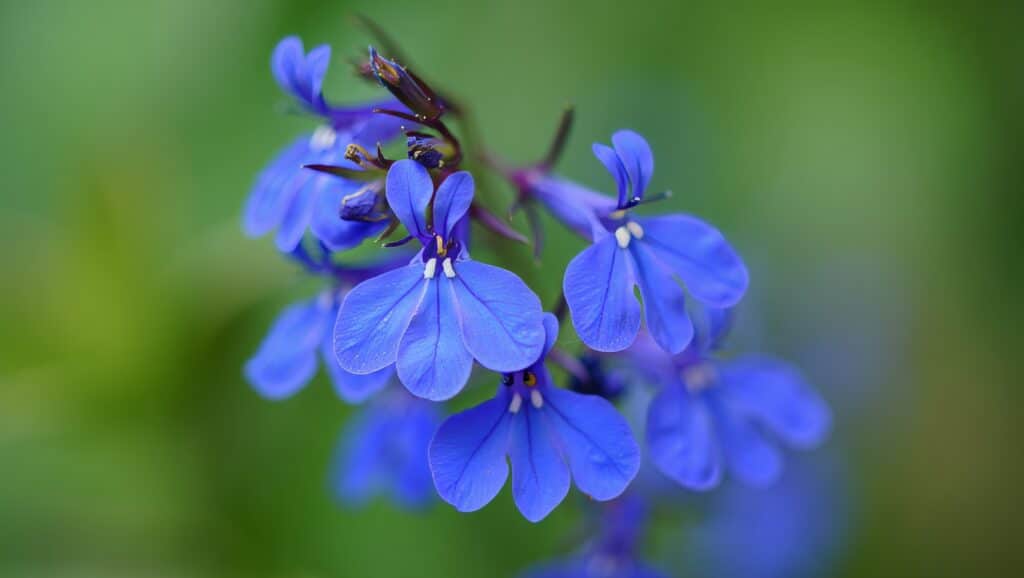
Great Blue Lobelia thrives in full sun to partial shade and prefers moist to wet soils. It is commonly found in moist woods, meadows, and along streams, making it suitable for rain gardens and areas with consistent moisture
This herbaceous perennial typically grows 2 to 3 feet tall and spreads 1 to 1.5 feet wide, forming clumps of erect, unbranched stems with toothed, lance-shaped leaves
It blooms from July to September, producing light to dark blue, tubular, two-lipped flowers arranged in dense terminal racemes. These vibrant blooms are highly attractive to bees, butterflies, and hummingbirds.
Yes, Great Blue Lobelia is well-suited for wet soil conditions and can even tolerate standing water, making it an excellent choice for planting along streams, ponds, or in rain gardens.
No, it is considered a low-maintenance plant. Once established, it requires minimal care, is tolerant of deer and heavy shade, and can thrive in moist to wet conditions, making it ideal for naturalizing in suitable habitats
Our gift cards make it easy to share the beauty of plants, flowers, and all things green. Whether for a special occasion or just because, give the gift of choice and let them select their favorites to create a garden they’ll cherish.
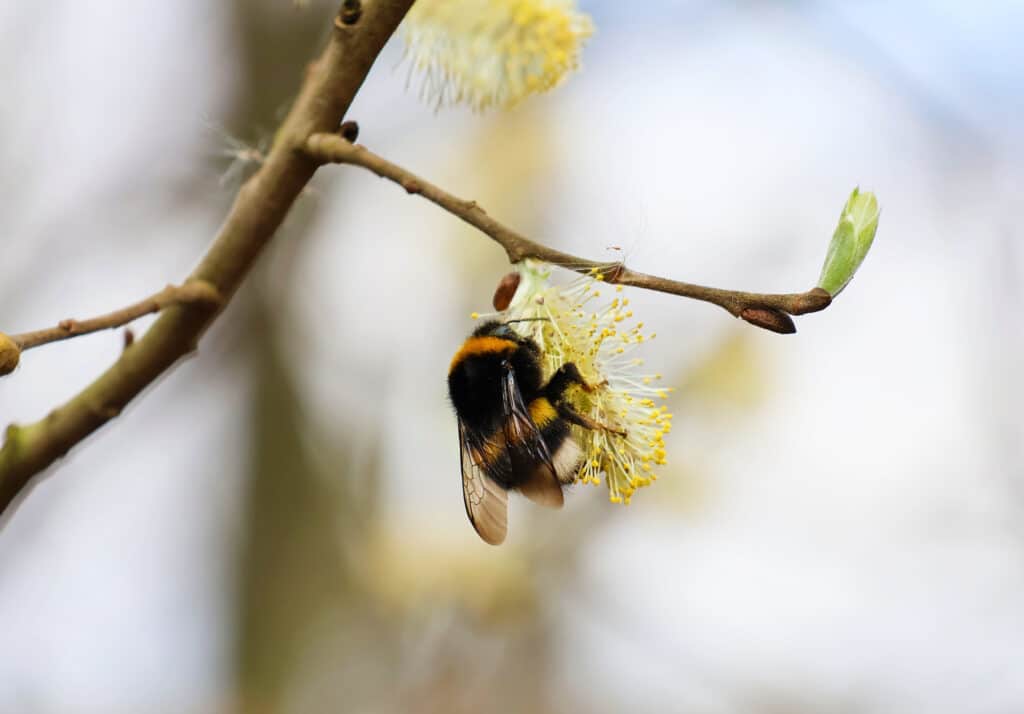
Only Local Delivery Available (Long Island & Queens)
Ground Shipping Paused
To protect our plants from extreme summer heat, we’ve paused nationwide ground shipping to avoid any damage during transit.
Local Delivery Only
We’re still delivering locally to Long Island and Queens, so nearby customers will continue to receive orders as usual.
Fall Pre-Orders Are Open Nationwide!
We will resume normal shipping for non-local orders placed during the pause in early September.
Thank you for your support and understanding—we’re looking forward to growing with you this fall!